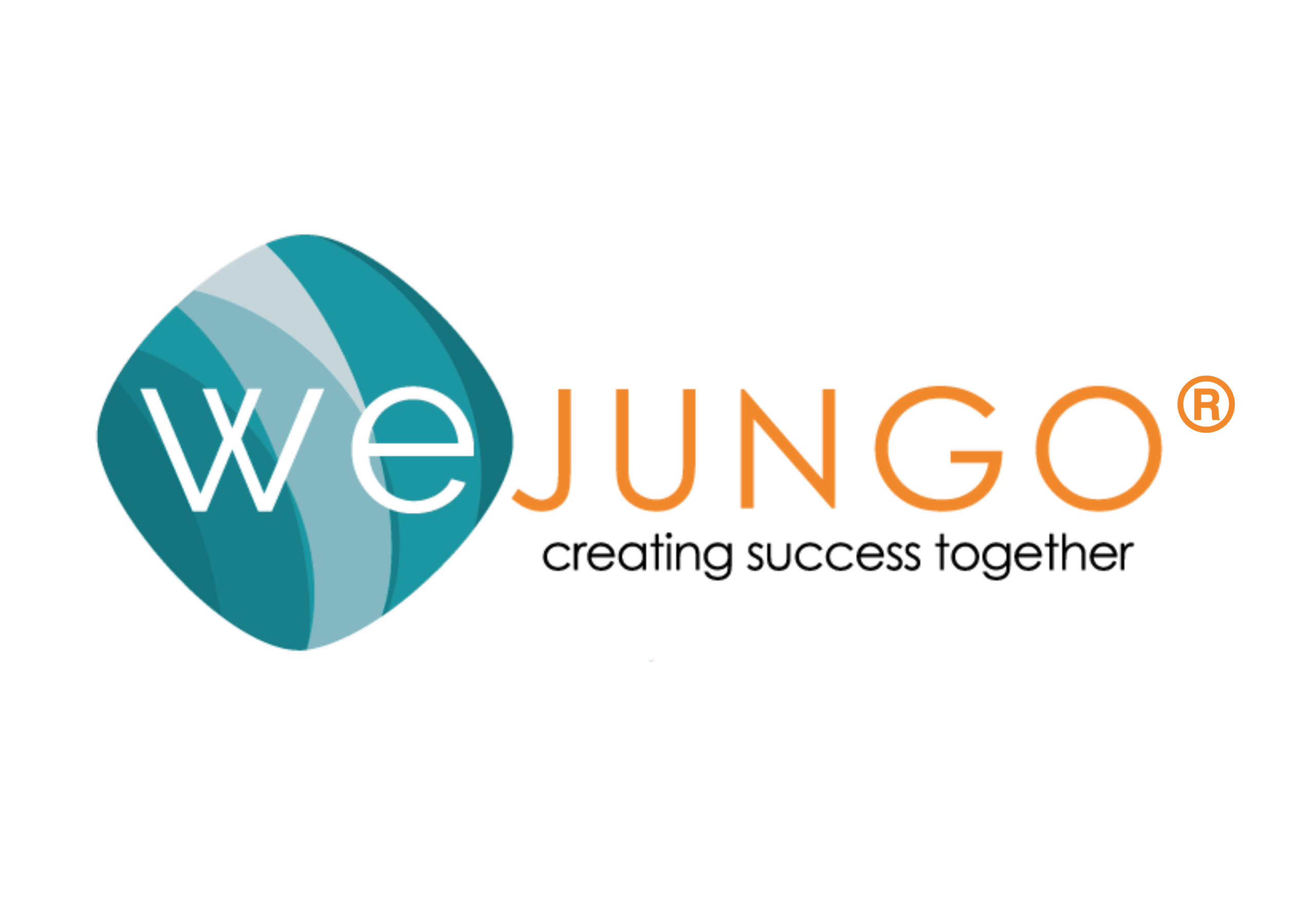3 Tips for a Smooth Employee Onboarding Process
Whether your company is rapidly growing and managing a high volume of hiring, or perhaps your business is making a critical hire to help the trajectory of their business- how do you ensure that your new employee(s) are receiving the most effective onboarding process?
The onboarding process is more than just hiring the perfect candidate and training them to do their job correctly. It’s a process that familiarizes the employee to their role, company policies and company culture, and also sets them up for success in knowing how to do their job well. The onboarding process begins as soon as there is an offer made and doesn’t just stop after their first week or month on the job. Through this process, the employee is able to get a sense of what the organization expects from them, measure their success against expectations set, and the organization is able to learn about the employee’s communication style and attitude.

An onboarding process is also more than just learning about the organization, it’s an opportunity to create relationships and build trust. Norma Davila, the author of Effective Onboarding, stated “employees feel welcomed and valued when companies offer onboarding programs, which typically result in lower turnover rates”. Employees are more likely to stay in an organization that they feel comfortable in, while also feeling respected.
Below are 3 tips to ensure a smooth onboarding process:
TIP #1: Plan Ahead
To avoid any hiccups or high employee turnover, it’s important to create a timeline and plan for your onboarding process. As stated above, an onboarding process begins as soon as an offer letter is sent, which means hiring managers should be prepared as early as they can. This includes welcome letters, paperwork, training materials, and a thoughtful schedule that acts as a guide to the employees first few weeks in seat. Incoming employees will feel appreciated and ready for their first day on the job.
TIP #2: Involve Others
Once your perfect candidate is hired for the role, it’s important to involve a variety of team members to manage and train a new employee. Why? During the onboarding process, the employee is learning everything they need to know about the company and their position, so it’s crucial for a new hire to learn from a variety of team members because it’ll expose them to their learning habits. Not only will they be learning everything that they need to know, but they’ll also be creating relationships with multiple team members.
TIP #3: Provide a Clear Roadmap
Company systems may seem pretty straight forward to people who are already on the team. It’s important to remember that these employees have never been employed by the organization before, and understand how your organization utilizes tools and systems. Provide a clear and straightforward roadmap that is comprehensible. When creating an onboarding roadmap, always think as if the employee knows nothing about the company or systems that they’re going to use. This allows the employee to learn and grow individually and with their team.
Statistics compiled by Click Boarding shows 69% of employees are more likely to stay with a company for 3 years if they experienced great onboarding. It takes a great manager to realize the importance of an inclusive onboarding process.

Here at Wejungo, we strive to provide the best resources and tools to ensure a smooth onboarding process. From the moment there’s an offer letter sent to a new employee, there is constant communication regarding company values, culture, and the role itself.
We provide all new employees resources and tools they need for their first work day and this lasts until an employee’s last day. This process includes company system training, learning the company culture and values, feedback from colleagues and much more! With a great onboarding process, we’ve created strong relationships with our employees which makes them feel appreciated and respected.
Remember, invest time and resources in your company’s most important assets, your people.
What will you do to tweak your onboarding process so it’s more “sticky” for your new hires?












